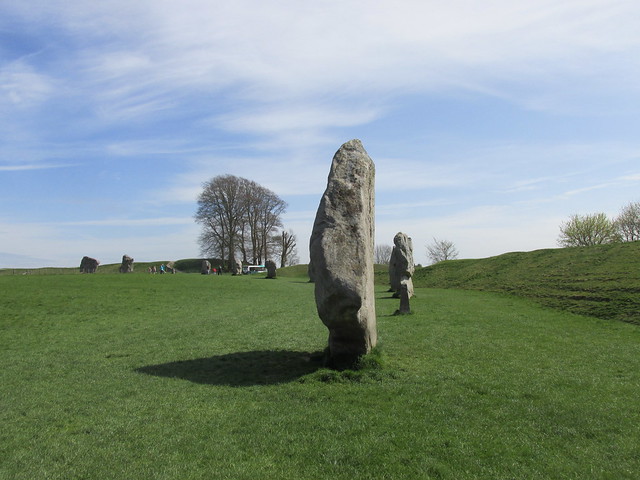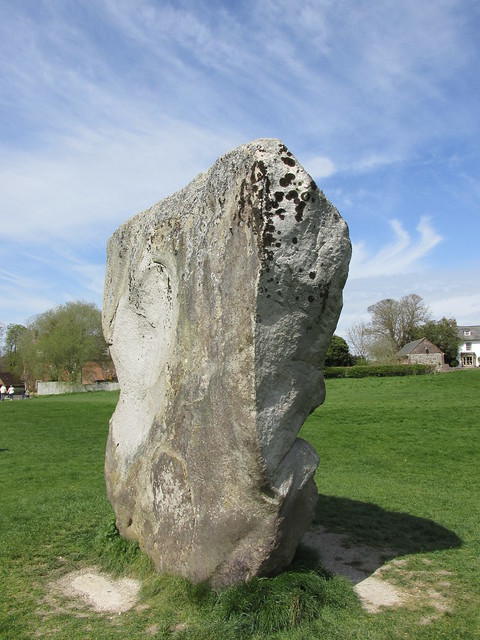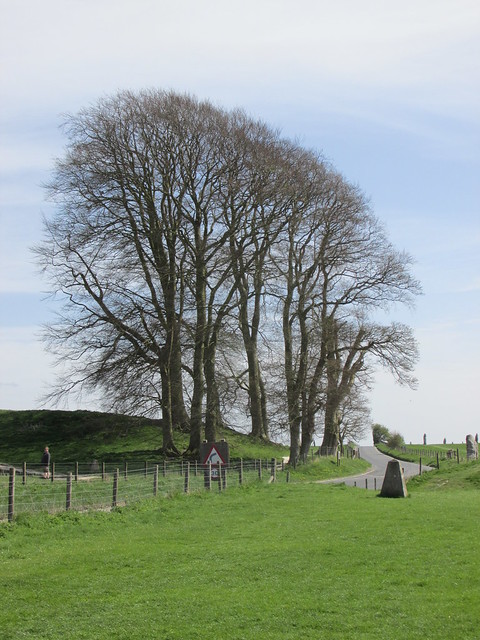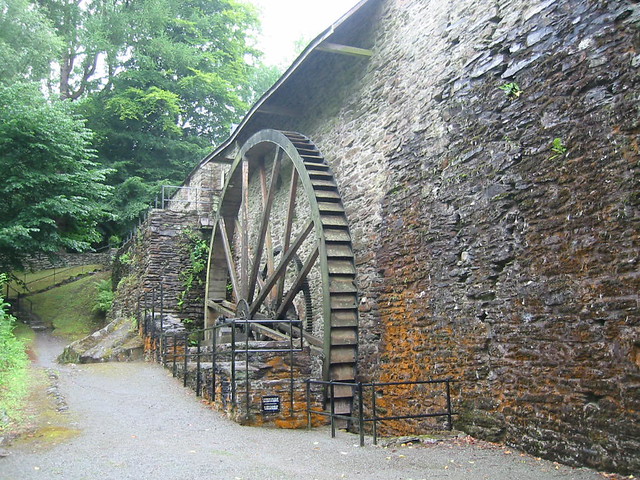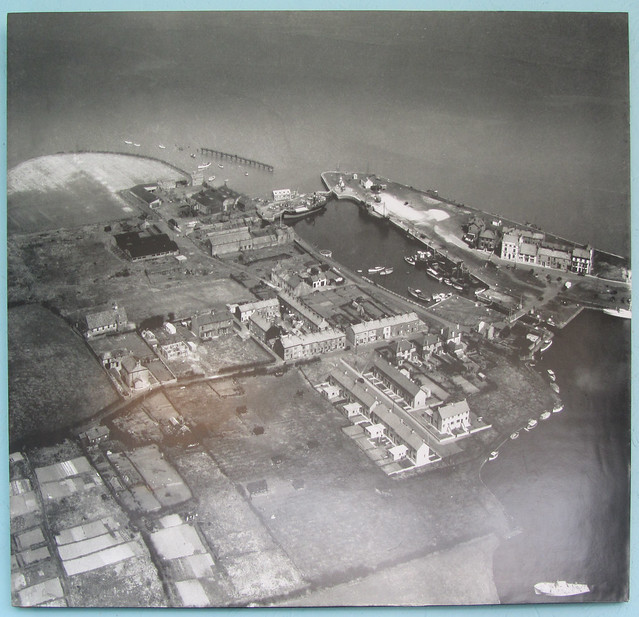 | ||
| Aerial view of Glasson Dock |
On the north west coast of England, just south of Lancaster, there's a place called Glasson Dock. It's also known as the port of Lancaster, and it grew up there because the local River Lune wasn't easy to navigate for bigger ships. (Just a quick look at the riverside in Lancaster itself shows that smaller ships had no trouble at all reaching the city - but that's a post for another day.)
Glasson Dock is still a working port. There's a harbourmaster's office, the RNLI have a boat moored there, and it still handles more than 150,000 tonnes of cargo according to the Visit Lancashire website. A swift visit to wikipedia will tell you it's mainly animal foodstuffs and fertiliser.
A remnant of its past is the Port of Lancaster Smokehouse, a thriving modern business that operates out of old dockside buildings on the West Quay but also has on show some of its original kipper smoking huts, with brass-bound portholes in the doors so progress could be monitored without opening them.
What this post is actually about, however, is the Lantern O'er Lune cafe, which stands near the lock leading to the Lancaster Canal. It was taken over by new management at the start of this year and has undergone a complete refurbishment. (No, this isn't a restaurant review, although you can't fault the food or the service. It's still a good place to go.) The thing is, the place used to have numerous photos of 'Old Glasson' and information about the village's history, but all that has now gone. Does that matter? Well it does to me.
We aren't frequent visitors to the area, but we do call in every time we land up in this neck of the woods (For the smokehouse, to be fair.) and we always have at least a coffee and cake, if not lunch, at the Lantern.
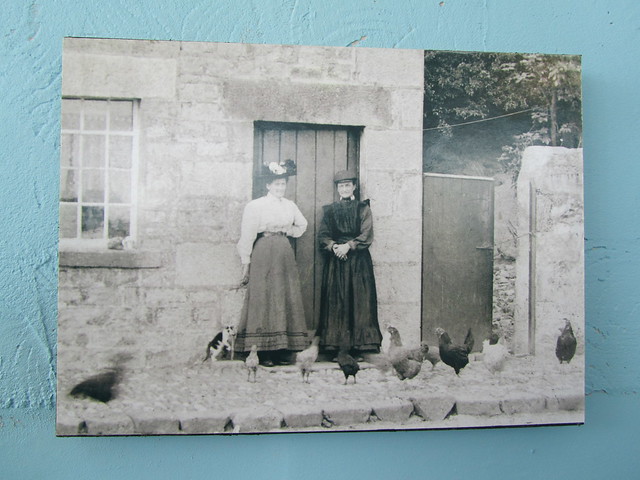 I enjoyed learning a little more each time I visited. There were photos of some of the former residents as well as some that allowed you to see how much has changed (or not) over the last 100 plus years. I have even photographed some of them and have copies. (see both shots on this page) But I don't have a record of the accompanying information.
I enjoyed learning a little more each time I visited. There were photos of some of the former residents as well as some that allowed you to see how much has changed (or not) over the last 100 plus years. I have even photographed some of them and have copies. (see both shots on this page) But I don't have a record of the accompanying information. The village has a website, and clearly there were old photos on it at some point, but all the links are currently broken. Does this mean that the record has gone? I hope not. I hope the information still exists somewhere, but I suspect that, even if it does, it's not all in one place or easy to find.
People should care about their local history. Once things are gone it's hard to recall them, and within 50 or so years those who remember will start to become fewer. A century, and all memory will be gone.
The UK has a peculiarly cavalier attitude to its heritage. Sure, we give the likes of Stonehenge and York Minster protection, but we allow the ordinary buildings, where real life happens, to be converted into plastic replicas, or to slip away totally.
There is currently a demolition order pending on the Futurist Theatre in Scarborough - a place that represents a significant part of the town's history as a resort. (That's also a post for another time.) Many locals are horrified by the idea, but it seems the council believes demolition is the way ahead. Now, I'm not suggesting we should all live in the past, but at least don't throw it away as if it doesn't matter.

